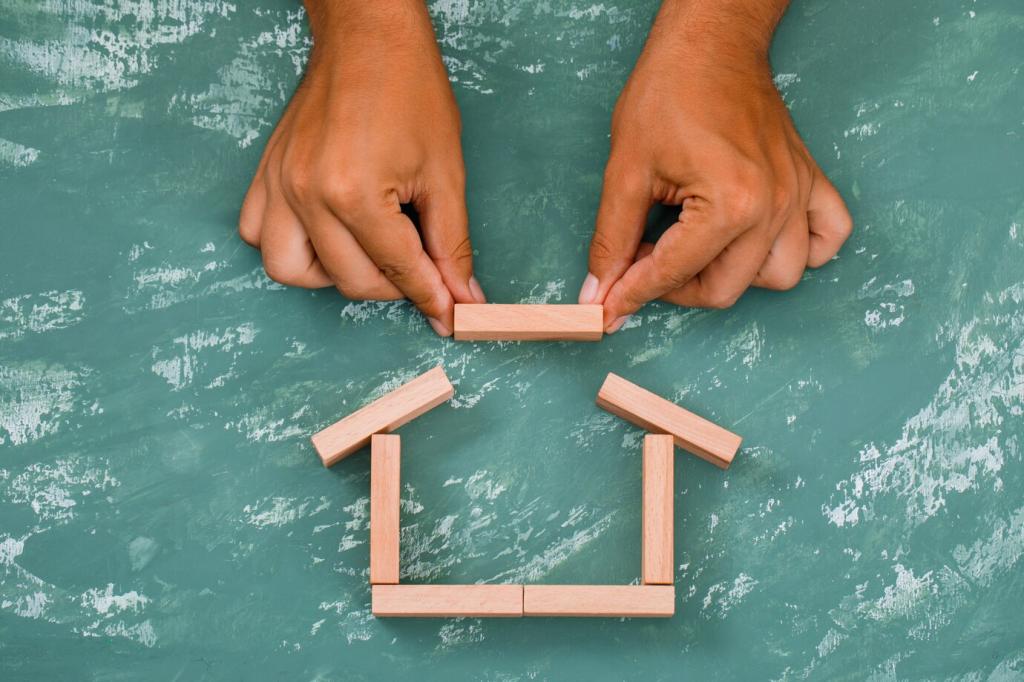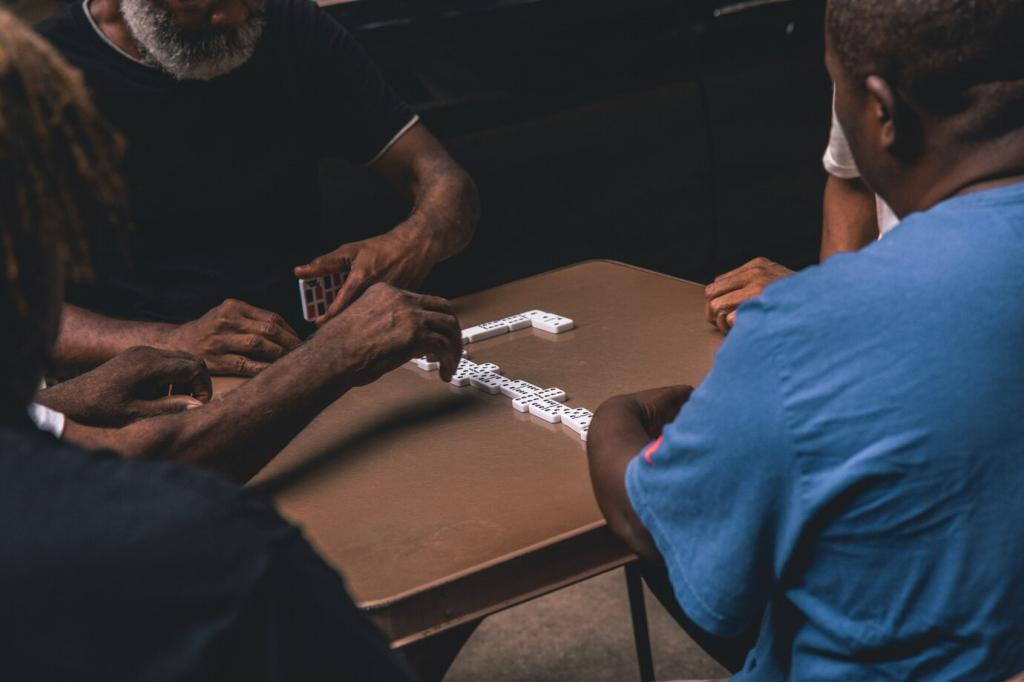Know Your Metals and Their Patina
Brass knobs resist rust but can dezincify; bronze hinges develop stable, dark patina; iron latches invite red rust; steel screws may pit quickly. Identify the alloy first, then match your safeguarding plan to its vulnerabilities and strengths for respectful preservation.
Know Your Metals and Their Patina
A warm brown or green patina can be protective and historically valuable, while powdery green blooms or flaking red rust signal active deterioration. Learn to pause before polishing, assess carefully, and treat only what truly threatens the antique metal hardware’s integrity.







